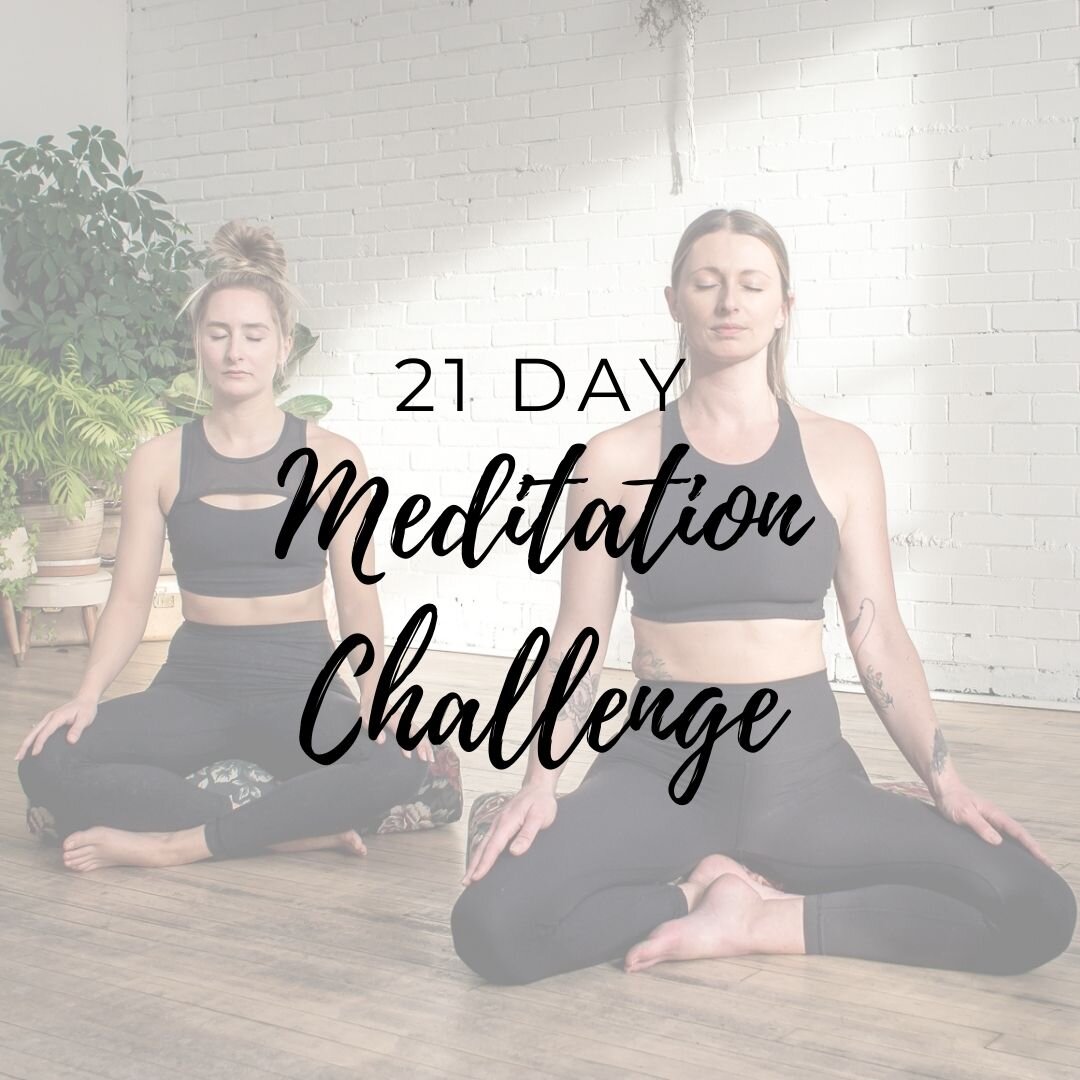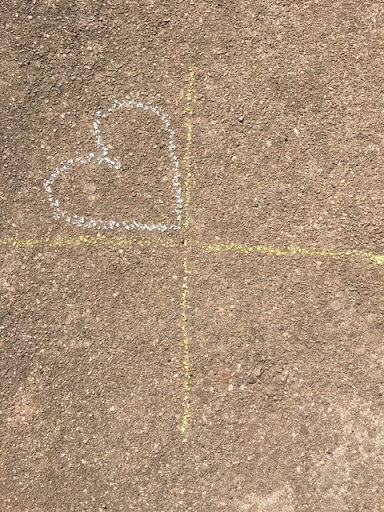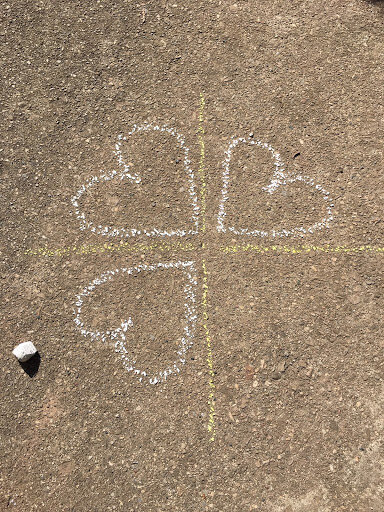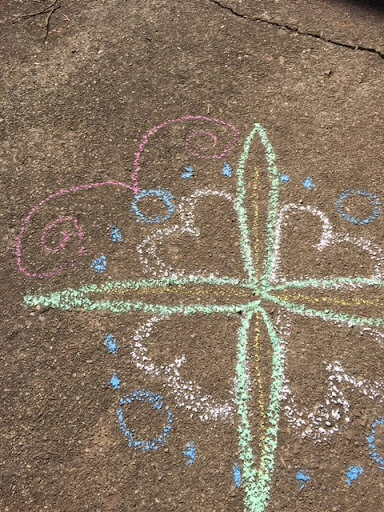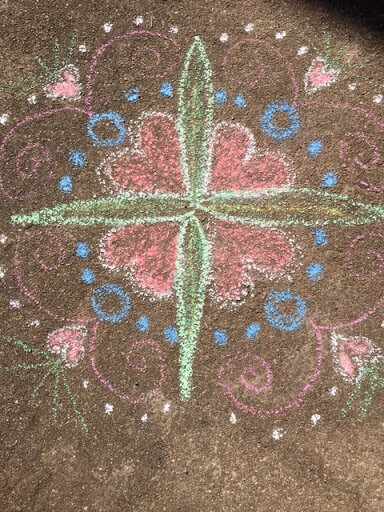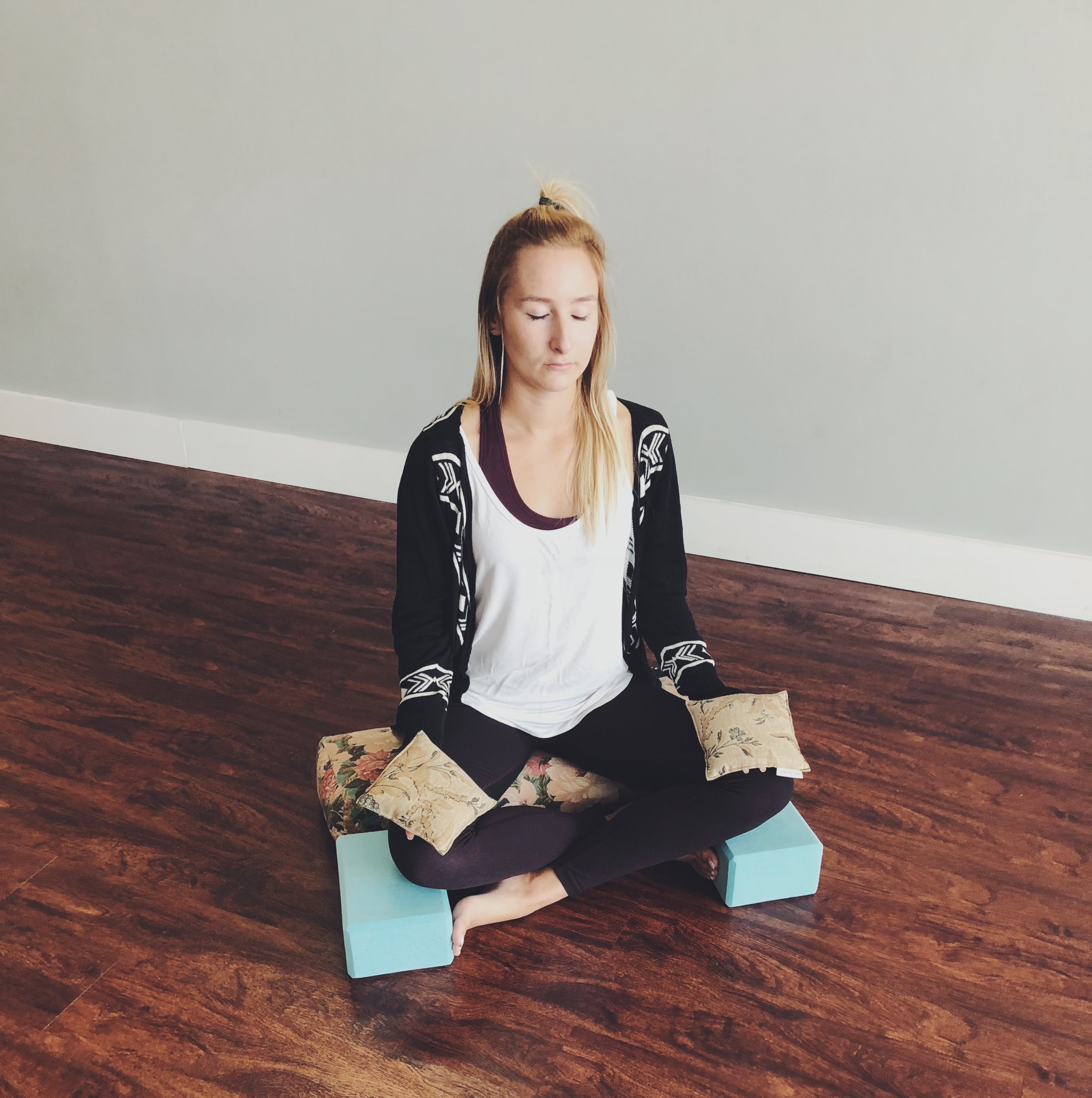A Year in Review with the founder of In Fine Feather Yoga & Hamilton entrepreneur, Helena McKinney.
Every year around this time I share a personal and professional reflection of the year. I usually highlight the major accomplishments, milestone moments and successful events. (Check out the 2019 reflection). Well, as we all know this year has been extremely different and challenging in so many ways, so this year's reflection is going to have a different vibe as well. Rather than bringing to light the specific things that happened (or didn’t happen at all), I want to talk about the overall sensation of 2020, as well as my core values that have been strengthened and have supported me immensely throughout ALL the decisions and hardships that came with this year. These words have been my mantras, repeated daily to myself; they have been my constant reminders for how I want to feel, that it's ok to not be ok sometimes and they’ve picked me up when I needed a gentle hand.
Acceptance
It's felt like a rollercoaster for all of us but navigating the physical location of the studio was causing me so much additional stress and taking so much emotional energy from me. At some point I had to LET GO and find radical acceptance with all of the circumstances that were out of my control. Once I landed in this place, I was able to focus my attention, be clear with my intentions and explore my creativity again. Leaning into this time and trying to find peace with it has allowed me to cultivate new adventures for myself and ultimately offer new services for you. I have deepened my own daily mindfulness practice and I am beyond excited to share them with you in the 21 Day Meditation Challenge that is about to begin on January 4th. I have developed as an entrepreneur by learning new skill sets and been able to do more lifestyle and business mentoring with Emerge Mentoring, the other business I founded in 2019. Taking on new challenges has actually been refreshing and invigorating once I let go of the forces that are greater than me.
Consistency
Showing up for myself hasn’t always been easy over the last 10 months and I have sometimes felt the added weight of showing up for a community. BUT I do it and I LOVE it! I have often been asked how I show up to teach our LIVE classes every day with something insightful to say and how I don’t even skip a beat when it comes to being present. Here's how: I understand the importance of my role and the service I offer for people's mental health and wellbeing every day. I always feel better after I teach and move with our community. In Fine Feather Yoga is my life and you need to show up for life otherwise it keeps happening without you. Even when it is the hardest it has ever been, I want to move through it together, rather than feeling stuck and alone.
Self Care
Taking care of myself has become a top priority. I began to understand that my energy is different right now and I need to have a different level of expectation from myself. We are all trying to process so much every day and it's exhausting sometimes. Taking rest and time to slow down has been essential to making it through the weeks of isolation and now the current lockdown. Without the usual hustle of day to day life I have embraced new hobbies that feed my soul and aren’t so closely associated with working all the time the way I used to. My schedule is much more balanced and allows me to crochet, nap, cook meals in the evening, listen to an audible book, catch up with a friend on the phone, nourish my plants, do projects around the house and soak in the tub for an hour. Want to see a little more of my personal lifestyle and sillness? Check out my instagram account @helena_hamont; you’ll get daily doses of my cat Gus, witness my ridiculous solo dance parties and hear my random rants.
Finally, I move forward with HOPE
While this year has looked really different, I have learned so much about my personal drive and cultivated deeper connections with our community. I am HOPEFUL that we will emerge from this time stronger, more compassionate and more understanding humans. I think we will be more mindful to our work/life balance, respectful of each other's boundaries and appreciative of human connection. These are good things! I want you all to take 10 minutes of quiet space to yourself to explore what this slower, more introspective time has offered you. What have you learned about yourself through the challenges? What relationships have been strengthened? How have you grown as an individual? I would love for you to join me on New Year’s Day for our Intention Setting LIVE yoga class. I will guide you through an Intro to Flow class, (safe for students of all levels) followed by a journaling exercise that will deepen your awareness of the growth you have received this year. Please be sure to sign up online HERE to receive the live class link.
All we can do is our best. Keep showing up for yourself and support yourself in whatever ways possible. Keep connecting to your community and loved ones. We are in this together! Sending all my love and gratitude,
Happy New Year,
Helena xo

